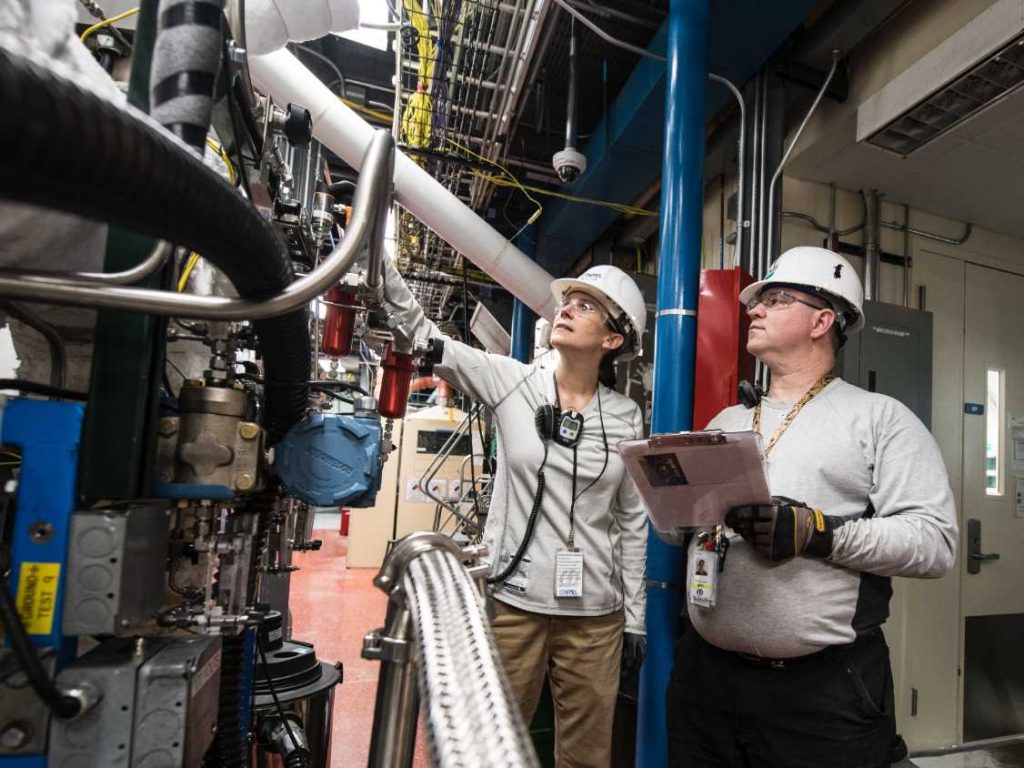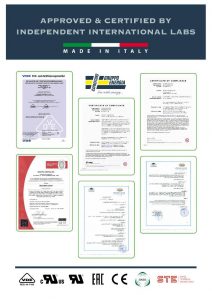Why do we need power factor correction?

As you know, balance is fundamental for achieving success in business, sports or even personal life.
Similarly, the electric field needs balance for optimal performance.
In fact, power factor correction is nothing more than trying to balance the two types of loads that are present in your network. Just like Yin and Yang, but this time we are talking about inductive and capacitive loads.
Inductive load is divided in two different types: linear and non-linear. Any device or equipment that has coils falls into this category. Linear loads can be engines, transformers or reactors, while non-linear loads can be motor controllers, inverters, welding equipment, MRI scanner, rectifiers or UPS systems.
In order to ensure that all these devices that have coils work properly, it is mandatory to maintain magnetism (hence you need inductive power).
Pay attention to the fact that inductive power used to maintain the magnetic field of the coils creates reactive power.

This reactive power, in turn, creates an undesirable extra load for the electrical installation and components. Consequently, it decreases your power factor or cos(φ).
For this reason, unfortunately, you will pay higher electric bills, since all electric utility companies set a limit value of power factor or cos(φ). If your power factor is lower than this value, you will often have to pay very expensive penalties.
What is capacitive power?
As we stated above, you need to balance inductive power (or, in other words, find its second half to make it happy). This will reduce reactive power, improve energy efficiency and, most importantly, save you lots of money. Now that’s a win-win situation!
The second half of inductive power is capacitive power.
The easiest (and most economically convenient) way to obtain capacitive power, that is capable of giving love to inductive power is by installing a capacitor bank.
Thanks to its internally installed capacitors, a capacitor bank provides capacitive power, to balance (compensate) the inductive power (reactive power).
As a result, the reactive power does not pass through the entire installation. Consequently, you will reduce energy losses in the installation and improve energy efficiency.

